Cities and the Shaping of Memory in the Ancient Near East
This book investigates the founding and building of cities in the ancient Near East. The creation of new cities was imagined as an ideological project or a divine intervention in the political narratives and mythologies of Near Eastern cultures, often masking the complex processes behind the social production of urban space. During the Early Iron Age (ca. 1200850 BCE), Assyrian and Syro-Hittite rulers developed a highly performative official discourse that revolved around constructing cities, cultivating landscapes, building watercourses, erecting monuments, and initiating public festivals. This volume combs through archaeological, epigraphic, visual, architectural, and environmental evidence to tell the story of a region from the perspective of its spatial practices, landscape history, and architectural technologies. It argues that the cultural processes of the making of urban spaces shape collective memory and identity as well as sites of political performance and state spectacle.
mr Harman  ah is Assistant Professor of Archaeology, Egyptology, and Ancient Western Asian Studies at Brown University. He currently directs the Yalburt Yaylas
ah is Assistant Professor of Archaeology, Egyptology, and Ancient Western Asian Studies at Brown University. He currently directs the Yalburt Yaylas  Archaeological Landscape Project, a Brown Universitybased regional survey in west-central Turkey since 2010. In the past, he has worked on archaeological projects in Turkey and Greece, including Gordion, Ayanis, Kerkenes Da
Archaeological Landscape Project, a Brown Universitybased regional survey in west-central Turkey since 2010. In the past, he has worked on archaeological projects in Turkey and Greece, including Gordion, Ayanis, Kerkenes Da  , and Isthmia. His articles have been published in journals such as Journal of Mediterranean Archaeology , Archaeological Dialogues , and the Bulletin of the American Schools of Oriental Research .
, and Isthmia. His articles have been published in journals such as Journal of Mediterranean Archaeology , Archaeological Dialogues , and the Bulletin of the American Schools of Oriental Research .
CAMBRIDGE UNIVERSITY PRESS
Cambridge, New York, Melbourne, Madrid, Cape Town, Singapore, So Paulo, Delhi, Mexico City
Cambridge University Press
32 Avenue of the Americas, New York, NY 10013-2473, USA
www.cambridge.org
Information on this title: http://www.cambridge.org/9781107027947
mr Harman

ah 2013
This publication is in copyright. Subject to statutory exception and to the provisions of relevant collective licensing agreements, no reproduction of any part may take place without the written permission of Cambridge University Press.
First published 2013
Printed in the United States of America
A catalog record for this publication is available from the British Library.
Library of Congress Cataloging in Publication Data
Harmansah, mr, author.
Cities and the shaping of memory in the ancient Near East / mr Harmansah, Brown University.
pagescm
Includes bibliographical references and index.
ISBN 978-1-107-02794-7
1. Cities and towns -- Middle East -- History. 2. Collective memory -- Middle East. I. Title.
HT147.M628H372013
307.760956--dc232012037828
ISBN 978-1-107-02794-7 Hardback
Cambridge University Press has no responsibility for the persistence or accuracy of URLs for external or third-party Internet Web sites referred to in this publication and does not guarantee that any content on such Web sites is, or will remain, accurate or appropriate.
Abbreviations
AA
Archologischer Anzeiger
AAAS
Les annales achologiques arabes syriennes
AfO
Archiv fr Orientforschung
AJA
American Journal of Archaeology
AnaAra

Anadolu Ara  t
t  rmalar
rmalar 
AnSt
Anatolian Studies
AW
Antike Welt
BaM
Baghdader Mitteilungen
BASOR
Bulletin of the American Schools of Oriental Research
BCSMS
Bulletin of the Canadian Society for Mesopotamian Studies
BiblArch
Biblical Archaeologist
BSMS
Bulletin of the Society for Mesopotamian Studies
CAD
Chicago Assyrian Dictionary
CAH
Cambridge Ancient History
CAJ
Cambridge Archaeological Journal
DaM
Damaszener Mitteilungen
EpigAnat
Epigraphica Anatolica
IstMitt
Istanbuler Mitteilungen
JAE
Journal of Architectural Education
JANES
Journal of the Ancient Near Eastern Society
JAOS
Journal of the American Oriental Society
JCS
Journal of Cuneiform Studies
JESHO
Journal of the Economic and Social History of the Orient
JFA
Journal of Field Archaeology
JMA
Journal of Mediterranean Archaeology
JNES
Journal of Near Eastern Studies
JSAH
Journal of the Society of Architectural Historians
MDOG
Mitteilungen der Deutschen Orient-Gesellschaft
OEANE
Oxford Encyclopedia of Archaeology in the Near East (New York: Oxford University Press, 1997)
PAPS
Proceedings of the American Philosophical Association
RA
Revue dAssyriologie et dArchologie Orientale
RHA
Revue Hittite et Asianique
RlA
Reallexikon der Assyriologie
RIMA
The Royal Inscriptions of Mesopotamia, Assyrian Periods
SAA
State Archives of Assyria
SAAB
State Archives of Assyria Bulletin
SMEA
Studi Micenei ed Egeo-Anatolici
TAD
Trk Arkeoloji Dergisi
TAVO
Tbinger Atlas des Vorderen Orients
Tba-Ar
Tba-Ar: Trkiye Bilimler Akademisi Arkeoloji Dergisi
WA
World Archaeology
WO
Die Welt des Orients
ZA
Zeitschrift fr Assyriologie und Vorderasiatische Archologie
Preface
Ankara, the city where I grew up, was refounded as the modern capital of the newly born Turkish Republic on October 13, 1923. Founders of the state in Turkey were keen on distancing themselves from Istanbul, the aged capital of the Byzantine and Ottoman Empires. They intended to open up a new urban sphere, an ideologically and socially fresh ground for enacting their modernist utopias for the generation of an urban culture fully endowed with European modernity. The architecture of this newly constructed capital was characterized as architecture of revolution, and adopted the technologies, styles, and visual culture of the Modern Movement in Europe (Bozdo  an ). Constructing Ankara was perhaps the most concrete manifestation of the new political order and the ideology of the new republic that explicitly distanced itself from the contaminated recent past. Ankara's ceremonial spaces were designed for and as spectacles of this modernist state.
an ). Constructing Ankara was perhaps the most concrete manifestation of the new political order and the ideology of the new republic that explicitly distanced itself from the contaminated recent past. Ankara's ceremonial spaces were designed for and as spectacles of this modernist state.
I also grew up within a nationalist education system in which we were taught that Ankara rose from a tiny and dusty Anatolian town to a modern capital. It would be much later in graduate school that I would learn with astonishment that in the sixteenth century Ankara was probably the largest city in Central Anatolia and the center of a prosperous network of trade. Such significance of Ankara as a central place was also the case most probably during the Phrygian and Early Roman periods. Looking from the long-term perspective then, the choice of Ankara as the new capital of modern Turkey was clearly not a random choice but a historically informed decision. It was partly dictated by the potential of the place and its history of being central in networks of trade and political organization of the Central Anatolian landscape.

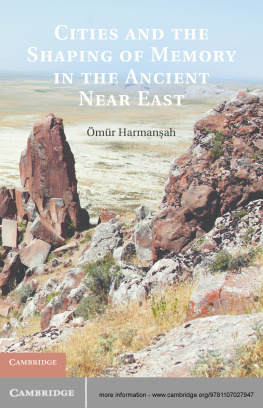

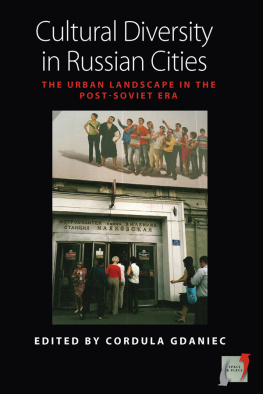
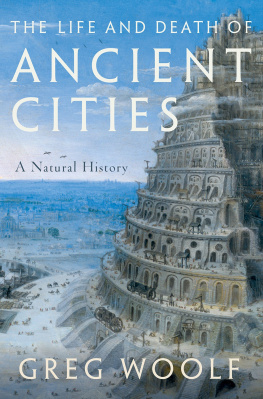
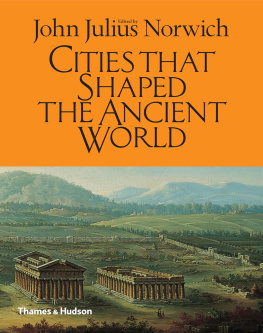
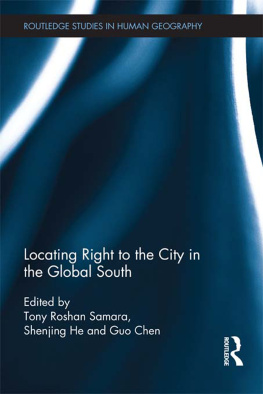

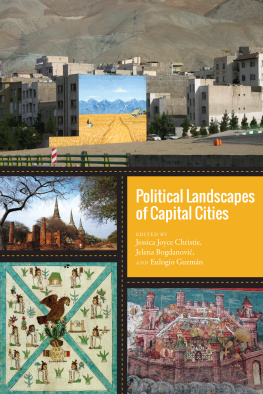
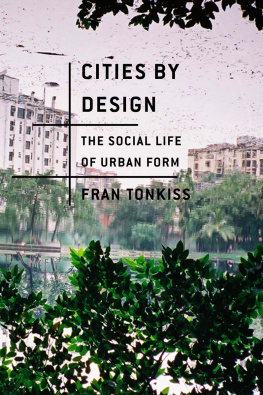

 ah is Assistant Professor of Archaeology, Egyptology, and Ancient Western Asian Studies at Brown University. He currently directs the Yalburt Yaylas
ah is Assistant Professor of Archaeology, Egyptology, and Ancient Western Asian Studies at Brown University. He currently directs the Yalburt Yaylas  Archaeological Landscape Project, a Brown Universitybased regional survey in west-central Turkey since 2010. In the past, he has worked on archaeological projects in Turkey and Greece, including Gordion, Ayanis, Kerkenes Da
Archaeological Landscape Project, a Brown Universitybased regional survey in west-central Turkey since 2010. In the past, he has worked on archaeological projects in Turkey and Greece, including Gordion, Ayanis, Kerkenes Da  , and Isthmia. His articles have been published in journals such as Journal of Mediterranean Archaeology , Archaeological Dialogues , and the Bulletin of the American Schools of Oriental Research .
, and Isthmia. His articles have been published in journals such as Journal of Mediterranean Archaeology , Archaeological Dialogues , and the Bulletin of the American Schools of Oriental Research .